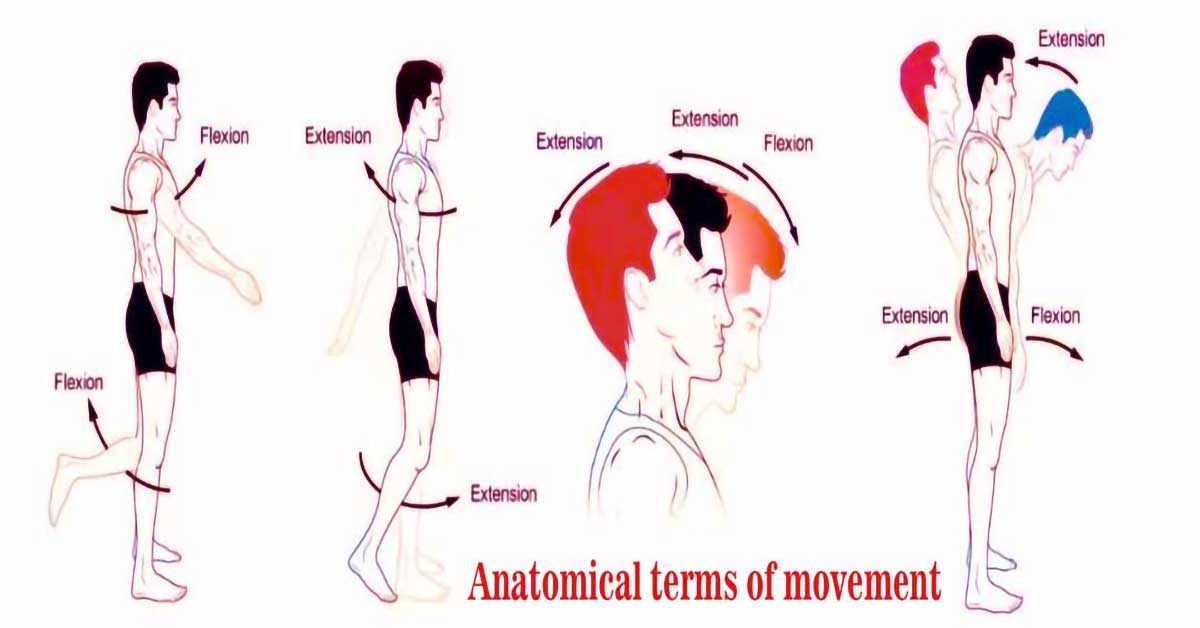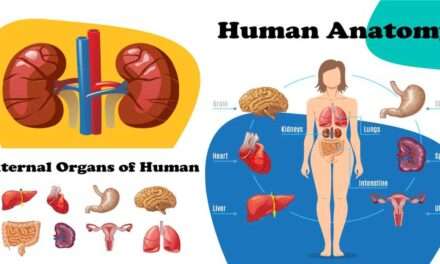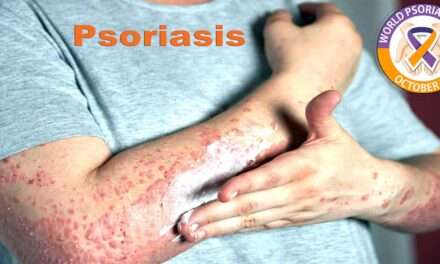Do you interested to learn anatomy and the anatomical terms of movement? Do you want to learn by heart and understand human anatomy? Then you are at the right place, we will teach you about the anatomical terms of movement and anatomical terminology. Please stay with us and keep reading this post, you will acquire good knowledge.
The joints that comprise the musculoskeletal system allow movement. A joint is a name given to the location where two or more bones articulate or come together. The sutures that make up the skull are one example of a joint that does not allow movement. Other joints, such as the superior tibiofibular joint, can move around freely (e.g., shoulder joint).
Flexion and Extension
Flexion is a sagittal plane motion that involves a reduction (closing) of the joint angle. Flexion is also referred to as flexion. The opposing motion, also known as “opens” or “straightens,” increases the sagittal plane joint angle (e.g., flexion of the elbow approximates the anterior surface of the forearm to the anterior surface of the arm; extension of the elbow is the reverse motion).
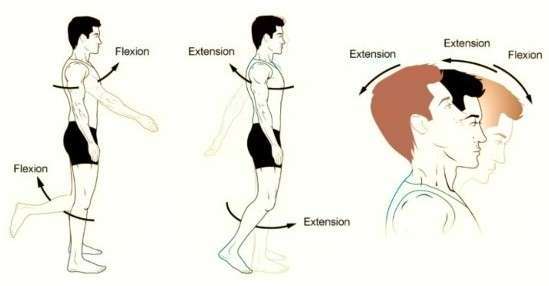
On the other hand, flexion can occasionally be directed posteriorly, as is the case with the knee joint. In most cases, flexion is associated with an anterior extension. Furthermore, flexion is distinguished by an antigravity movement that is relatively stronger and directed towards the ventral side of the embryonic body.
Abduction and Adduction
The abduction motion causes a body to rotate in the coronal plane away from its midline. The movement towards the body’s midline is denoted by the term “adduction” in the coronal plane. Adduction refers to the joining of the structures that make up the fingers and toes. In contrast, abduction refers to the spreading apart of the digits that make up the fingers and toes.
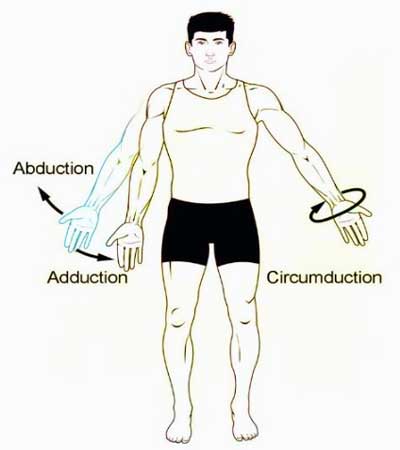
Inversion and Eversion
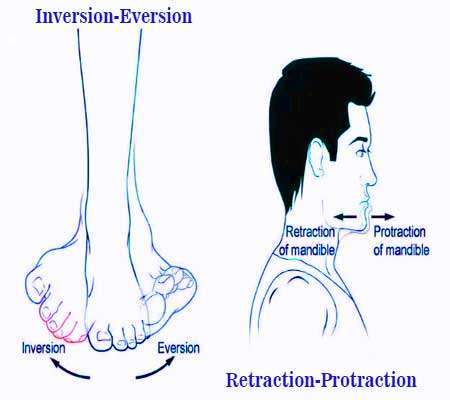
Inversion and eversion are two specialized terms used to describe specific foot movements. Eversion is the inverse of inversion and involves turning the foot so that the sole faces in a lateral direction. Eversion is accomplished by turning the foot. The term “inversion” refers to the foot’s rotation so that the foot’s bottom points medially toward the center of the body.
Protection and Retraction
Protraction and Retraction: A protraction is a movement that occurs when a body part moves forward. Retraction is the movement of a component in the opposite direction. When the chin protrudes forward, the jaw at the temporomandibular joints can move forward and backward, and the scapula can move forward and backward across the ribcage (as when reaching forward).
Rotation-Medial Rotation, and Lateral Rotation
Rotation: When a body part “rotates,” it moves around its long axis, making little to no forward progress through space. When the movement causes the anterior surface of the part to face medially, it is referred to as medial (internal) rotation; when the movement causes the anterior surface to face laterally, it is referred to as lateral (external) rotation.
Circumduction
Circumduction is a complicated series of motions that combines the five different motions of flexion, extension, abduction, and Adduction, as well as rotation. The overall action moves a cone through space, with the base representing the more distal end of a bone or limb segment and the apex representing a joint’s more proximal articular cavity. It is referred to as a translation. The shoulder is the easiest point on the body to visualize the circumference.
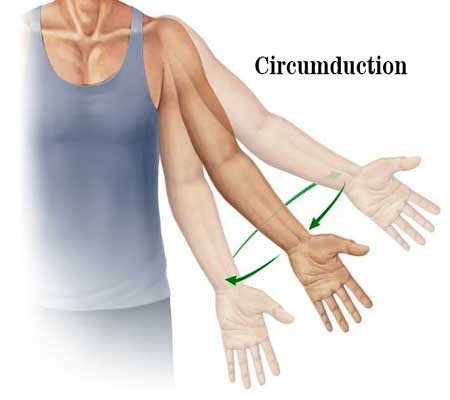
Pronation and Supination

Pronation and Supination: The radius travels clockwise around the ulna during forearm pronation and supination motions. Pronation involves turning the forearm in a medial direction. In contrast, supination is the opposite of pronation and involves turning the forearm laterally from the pronated position so that the palm faces anteriorly. Supination occurs when the forearm is turned laterally after being pronated.
These movements are circumduction (at the distal end of the radius) and rotation (at the proximal end of the radius) (at the distal end of the radius). Some references go into detail about ankle and foot pronation and supination. According to clinical definitions, pronation and supination of the foot are both complex movements involving plantar and dorsiflexion, eversion, and ankle inversion. Pronation and supination of the forearm and ankle are two distinct motions that should never be confused with one another.
Dorsiflexion and Plantarflexion
Special terms such as dorsiflexion and plantarflexion are used to condense descriptions of foot movements. Dorsiflexion brings the ball of the foot upwards and in the direction of the shin (the analog of extension). The inferior movement of the foot’s sole is known as plantar flexion, which is the same as flexion and is analogous to standing on one’s toes. Bending the trunk to the side in the coronal plane is referred to as “lateral flexion,” a broad term that is sometimes used in clinical settings. The term “abduction” should be used instead because it more accurately describes the situation.

